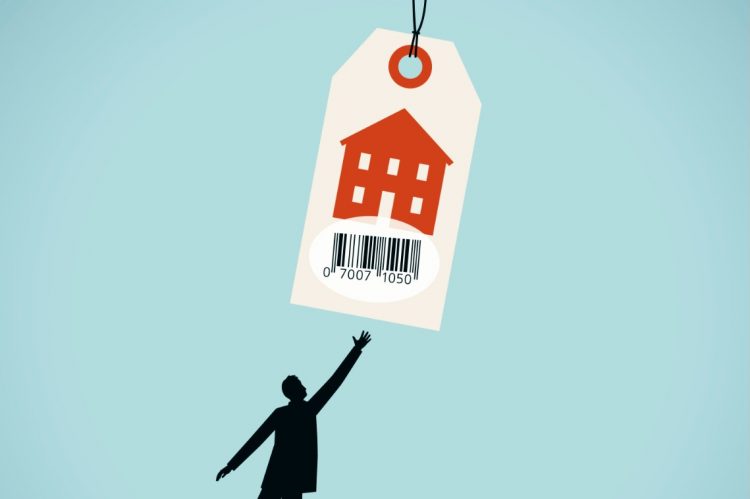The pathway to homeownership has always been a challenging one. However, many can agree that recent developments in the housing market over the past several years have made it a fleeting goal for a growing pool of people.
Even amid cooling home prices and rent gains, it has become more apparent that the affordability strain that has taken hold in the market is entrenched. According to experts from the Harvard Joint Center for Housing Studies (JCHS), current circumstances in the market and macroeconomic factors have created a scenario where specific segments of the population—particularly on the lower-earning side of the scale—are likely to be left out of the market for the simple fact that the cost of living is just too high.
“While the growth in home prices and rents has slowed, housing costs are still high, and record numbers of renters are severely cost-burdened,” wrote Daniel McCue, a JCHS senior research associate, in a recent blog post, drawing from findings that he included in the JCHS’s 2023 State of the Housing report released in June.
The damage to housing affordability has already been done in the past three to five years. Developments in just the last 18 months have merely solidified that theory, as McCue delved further into noteworthy metrics.
He points out that rising mortgage interest rates, elevated inflation, and growing concerns about affordability and the economy contributed to the slowdown in home price appreciation and rent growth.
Drawing from S&P CoreLogic Case-Shiller Home Price Index data, McCue notes that home prices grew 1% annually—between March 2022 and March 2023—after increasing 21% in the same period the year before.
At the same time, rents grew by 4.5%, down from the 15% growth in the previous year.
“Although the slowing offered some relief, prices rose rapidly in the previous two years, resulting in nominal home prices that were 37.5% higher than they were in early 2020 while nominal rents were up by 24%,” McCue said.
Shortages in housing nationwide haven’t helped the issue either. Aside from adding upward pressure on price tags for homes and rents, McCue also raised concerns about a slowdown in single-family construction over the past year.
“With so few existing homes available, the report notes that more households look to new homes for a place to live,” he said. “However, new homes are targeted to higher-end households, which limits the ability of new construction to address housing shortages for moderate-income households.
“This is not a new phenomenon, but it is increasingly impactful given the high costs of development that have been raised further by higher interest rates and inflation,” McCue continued. “Even excluding financing and labor costs, inflation in the price of building products has increased the cost of residential construction by 35% in the past three years, nearly four times the rate of increase over the previous three years.”
With few affordable and available housing options, McCue notes that households with the lowest incomes stretch their finances thin to afford higher-rent units.
Citing data from the National Low Income Housing Coalition, he notes that there are 3.7 million affordable and available units for the nation’s 11 million extremely low-income renter households.
As a result, the number of renter households paying more than half their incomes on rent hit a record 11.7 million in 2021, and the majority of these severely burdened renters have incomes below $30,000
See the full JCHS report on this year’s housing market here.












